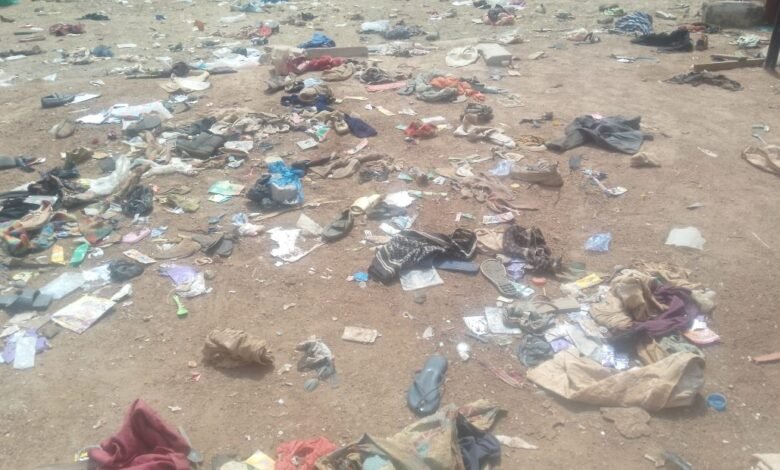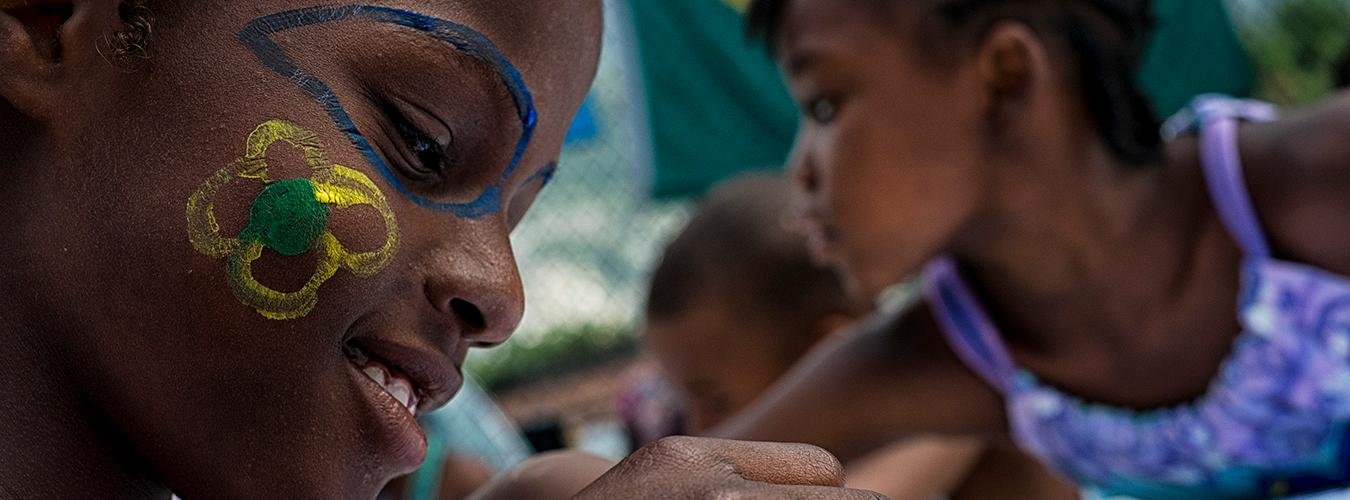Tragic Stampede at Ibadan FunFair: A Sobering Wake-Up Call on the Importance of Child Safeguarding Policy/System

Source: http://radionigeriaibadan.gov.ng
Story:
A funfair organized by the Women in Need of Governance and Support (WINGS) in collaboration with a local radio station, witnessed an overwhelming turnout exceeding expectations. The event took place at the Islamic High School in Ibadan aimed to distribute ₦5,000 each to 5,000 children.
Witnesses reported that many attendees arrived as early as 6 a.m., with some even sleeping at the venue overnight. Chaos erupted at the entrance as children and parents surged, leading to a violent push that caused the tragic stampede. Over 30 children reportedly lost their lives, and many others were injured in a stampede during the event. In response, the Oyo State government has ordered an investigation.
Senses: Child Safeguarding and Protection Principles
This tragedy underscores several key safeguarding principles that must not be overlooked:
1. Absence of Child Safeguarding Protocols
Events involving large numbers of children demand comprehensive safeguarding plans to mitigate risks and ensure their safety. Unfortunately, this funfair appears to have been organized without any adherence to child protection principles. Any event of this scale should begin with a thorough risk assessment to identify potential dangers and plan strategies to address them, which must be part of the Child Safeguarding and Protection Policy/System of the organisation.
Questions that should have been asked include:
- What is the maximum capacity of the venue? Was the Islamic High School equipped to handle over 5,000 attendees, including children and their guardians?
- What crowd management systems were in place? Were there designated entry and exit points to control the flow of people?
- Were medical and emergency response teams available? Was there a plan to handle medical emergencies or evacuations in case of overcrowding?
It is evident that no risk analysis was conducted, as the organizers were unprepared for the overwhelming turnout, which led to the chaotic push at the gates.
2. Lack of Safety Plans
The absence of safety protocols is glaring. A well-organized event of this nature should have included:
- Controlled Access: Registration and ticketing systems to manage the number of attendees.
- Physical Barriers: Barriers or markers to separate entry and exit points, ensuring orderly movement.
- Emergency Preparedness: On-site ambulances and first aid teams trained to handle emergencies.
- Clear Communication: Use of public address systems to manage the crowd and provide real-time instructions.
None of these basic safety measures were visibly in place, leaving children and parents vulnerable to the chaos that ensued.
3. Inadequate Supervision
Supervision is critical in any event involving children. Trained personnel should have been stationed throughout the venue to guide attendees, prevent overcrowding, and respond to emergencies. Instead, the event relied on unregulated crowd behavior, with no visible effort to prioritize the safety of the young attendees.
Questions that must be answered include:
- Who was responsible for monitoring the crowd?
- Were there volunteers or staff members trained in child safeguarding and protention?
- What measures were in place to prevent underage children from being left unsupervised in such a large crowd?
4. Neglecting Key Considerations for Vulnerable Participants
Children, particularly underage ones, are more vulnerable in chaotic situations. Reports indicate that many children arrived as early as 6 a.m., with some even spending the night at the venue. This raises serious concerns about the organizers’ failure to consider the unique needs of their young audience, including:
- Age-appropriate planning: Was the environment designed to accommodate the physical and emotional needs of children?
- Parental involvement: Were parents adequately informed of safety protocols and their role in supervising their children?
The stampede, which resulted from overcrowding and violent pushing at the gate, underscores the devastating consequences of neglecting child safeguarding protocols. These failures were preventable and reflect a lack of accountability and planning by the event organizers.
Stones: Lessons and Recommendations
- Mandate Risk Assessments: Before any Child-focused event is held, it must be made mandatory to undertake a detailed risk assessment to consider every issue and ensure that the safety and protection of the children is a priority.
- Establish Safety Protocols: Organizers of such events should implement crowd control measures, emergency preparedness plans, security measures and supervision strategies.
- Enforce Regulations: Governments should establish and enforce strict regulations for events involving children, including penalties for non-compliance.
- Child Safeguarding Training: All staff and volunteers must undergo training to understand the principles of child safeguarding and protection.
- Child Safeguarding and Protection Policy/System: Every Child-Focused organisation or organisation that caters to children must have in place a Child Safeguarding and Protection Policy/System which is subject to frequent reviews and has all its staff undergo sufficient training on it in the best interest of the children under their care.
Conclusion
The absence of safeguarding and protection protocols turned what should have been a joyful event into a national tragedy. This incident serves as a stark reminder that child safety must never be an afterthought. Organizers, authorities, and society as a whole must prioritize the well-being of children by enforcing stringent safety measures at all events.
Source of Image: http://radionigeriaibadan.gov.ng





